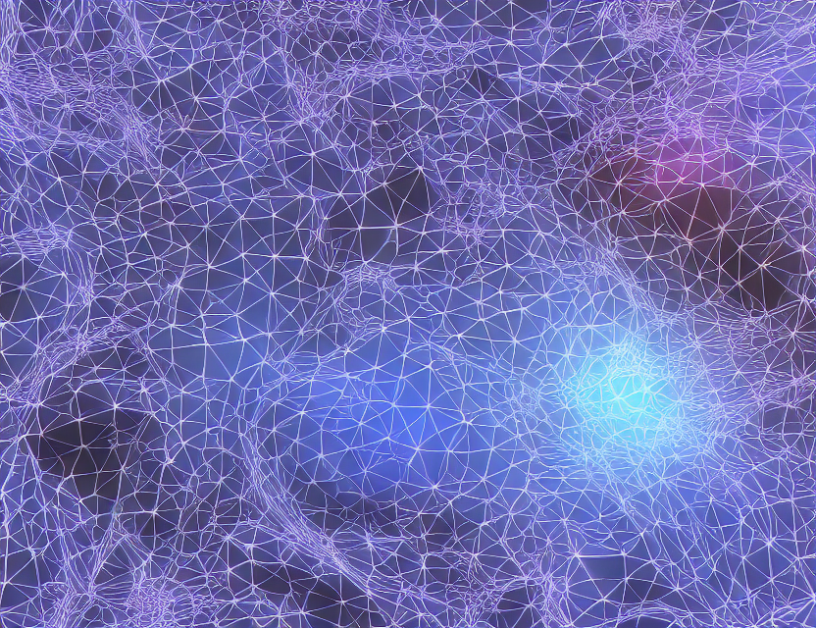Generative Artificial Intelligence (AI) has revolutionized various industries by enabling autonomous content creation. Recently, there has been significant progress in 3D generation capabilities, thanks to advancements in neural implicit 3D representations and the introduction of the stable diffusion algorithm. This breakthrough has expanded the potential applications of AI across different domains. However, generating consistent 3D representations requires a vast amount of data samples, which might not always be available. To address this challenge, researchers have developed novel approaches, such as denoising diffusion probabilistic models and score-based generative modeling through stochastic differential equations. These techniques allow for the creation of realistic and complex 3D content without requiring a large amount of data.
Diffusion Models: A Game Changer
In recent years, there has been significant progress in the field of diffusion models, which have emerged as a promising approach for 3D representation generation. Diffusion models operate by gradually refining an initial image or mesh through a series of iterative operations, allowing for the creation of detailed and realistic 3D content. The stable diffusion algorithm (SD) [1] is a groundbreaking development that has pushed the state-of-the-art in this field to unprecedented levels. SD enables efficient and effective generation of 3D representations, making it possible to create intricate models with ease.
Nerf-Guided Distillation: A New Frontier
Another significant development in the field of generative AI is the introduction of Nerf-guided distillation. This technique involves using a pre-trained neural network to generate 3D representations that are then refined through a process known as distillation. By combining Nerf-guided distillation with diffusion models, it is possible to create highly detailed and realistic 3D content without requiring a large amount of data.
Score-Based Generative Modeling: A Novel Approach
Score-based generative modeling is another innovative approach that has gained significant attention in recent times. This technique involves using stochastic differential equations (SDEs) to generate 3D representations. By integrating SDEs with diffusion models, it is possible to create highly realistic and detailed 3D content without requiring a large amount of data.
The Future of Generative AI: Elevation Angle and Mesh
While there have been significant advancements in generative AI for 3D representations, there are still some challenges that need to be addressed. One such challenge is the elevation angle, which refers to the angle between the generated mesh and the camera’s viewpoint. To overcome this challenge, researchers have developed novel techniques, such as using multiple meshes to represent different elevation angles. Another approach is to use a combination of diffusion models and SDEs to generate 3D representations that are both highly detailed and realistic.
Conclusion: Generative AI for 3D Representations – The Future is Here!
In conclusion, generative AI has revolutionized the field of 3D representation generation, enabling the creation of intricate and realistic models with ease. With the advent of diffusion models, Nerf-guided distillation, and score-based generative modeling, the possibilities for 3D content creation are endless. While there are still some challenges that need to be addressed, the future of generative AI looks bright, with the potential to transform a wide array of industries across various sectors.



